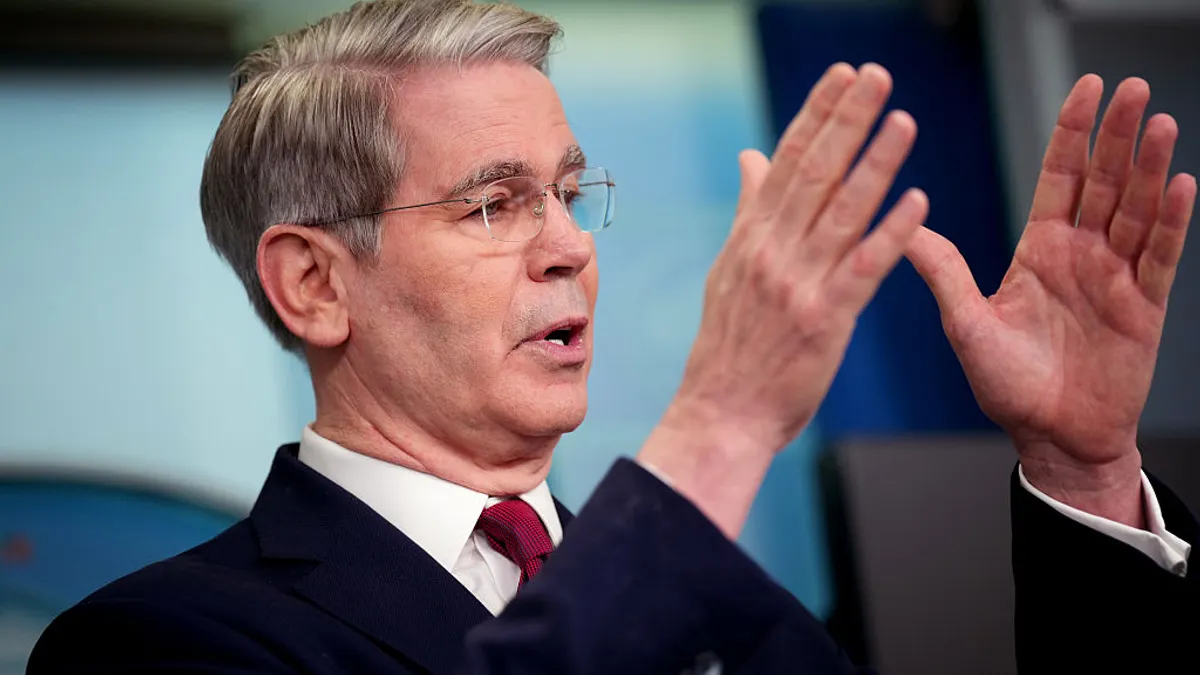Finance professionals who aspire to be a CFO should first step into what many executives think is the most difficult role at any company: head of financial planning & analysis. FP&A heads set the cadence of the business and align organizational priorities, Kate Bueker, CFO of open source CRM and integrated marketing platform HubSpot, said in an Airbase webcast.
"[FP&A head] is a really hard job," said Bueker, who joined HubSpot two years ago after working in several finance roles at digital security company Akamai Technologies. "But that was probably the single best training for me to be a CFO."
In addition to being the executive who uses planning to manage the rhythm of the business, the head of FP&A helps CFO prepare for earnings and investor meetings.
"It gives you a view of the business that is really different from any other business leader," Bueker said. "It's the [CFO's must-have] first, second and third experience."
Fast start
Fresh from business school, Bueker began her career in investment banking at DLJ and later at UBS and Blackstone Group.
"Investment banking is an awesome training ground for people early in their career," she said. "Your life revolves around the deal, whether it's a financing transaction or a merger. So you're learning something new — a new company, business, a new team, new styles — all the time."
A decade later, to continue honing her analytical skill, she moved to the operational side of business, as a finance director at Akamai.
"A senior level role in investment banking is very much a sales role," she said. "It's about relationship management. In my heart, I'm just not a salesperson."
At Akamai, Bueker moved through almost a dozen roles over a decade, including head of the sales operation, before ending up as senior vice president of business finance and operations. That winding path was integral to giving her the breadth of perspective that has served her well as a finance leader, she said.
"As you become more senior, you become a better partner to the CFO and a better leader at the company," she said. "You have perspective and understanding of different parts of the business and how your peers are going to be thinking through things and making choices."
She leans on that experience when a business leader comes to her with a request she sees problems with.
"A lot of times, the initial request is going to be a no," she said. "How do you translate the no into a yes? How do you figure out what the real core to the ask is, and whether there's another way to get there? You work together to execute on the desired goal as opposed to the specific question that comes to you."
Conservative start
Bueker said she probably planned too conservatively when she first joined HubSpot, in part because Akamai was at a much more mature growth stage.
"I might not have been adapting fast enough to what's important at HubSpot in terms of driving the business," she said. "HubSpot is growing at mid-30% and is trying to drive continued growth. That's what matters. If I'm forecasting something in a way that's too conservative, and we're making decisions that aren't maximizing our investments, that's not the right outcome for the company. It's something we're trying to act differently about now."
Today, she focuses on scale. "We have almost 80,000 customers, and we have every intention to keep growing," she said. "Supporting 80,000 customers is very different than supporting 200,000 customers."
Her challenge is ensuring the company is making investments that create systems and processes that will allow it to support that much bigger customer base.
"The amount of revenue, the number of bills — scaling for that is increasingly the job of the CFO," she said. "There's an operational role that's not just, 'Can I automate my cash application?' It's, 'Can I make the end-customer experience as friction-free as possible?' We talk about that a lot internally."
Managing scale in that way makes long-term planning crucial, she said.
"There's a difference between forecasting results in month and quarter and creating a long-term plan," she said. "We talk about the investments we're making to shift that [business-as-usual approach] in one direction or another and we'll do a bunch of sensitivity analyses. What if we invested more in this geography or in our self-serve motion? Or … maybe we shift some of the assumptions, whether its productivity of our sales reps or retention?"
Even asking those questions requires a clear picture of actual business drivers and the knowledge of how to adjust them. "There are only going to be a few drivers, and figuring out how to flex those levers to reflect [your] actual business decisions is critical."



















